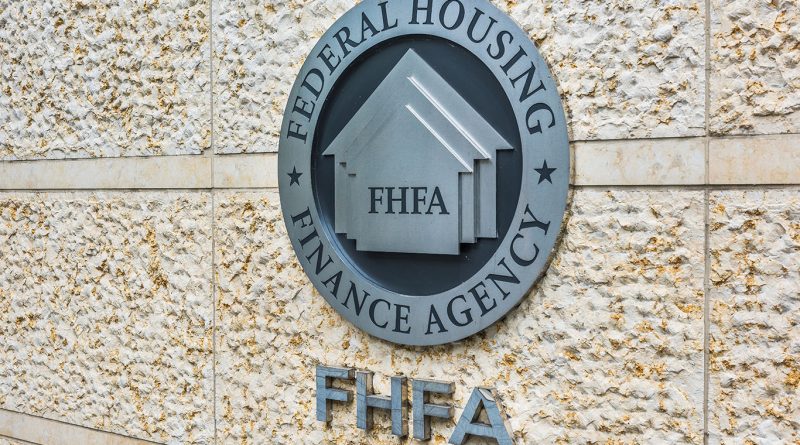Federal Housing Proposals Draw Investor Interest Despite Budget Cuts
Subscribe to our free newsletter today to keep up to date with the latest construction news.
Affordable housing has entered a period of heightened uncertainty and possibility. Recent federal budget proposals have placed the Department of Housing and Urban Development (HUD) under intense scrutiny, with funding cuts threatening to undercut key programs that low-income households rely on. Yet, these same proposals include new incentives, deregulation measures and tax credits designed to unlock private capital and expand housing supply.
Private and institutional investors have become increasingly active in the affordable housing sector, drawn by its high occupancy rates and steady cash-on-cash yields of 5 to 6 percent. According to Doug Childers, senior managing director at JLL, these returns align well with core and core-plus investor strategies, making affordable housing an appealing hedge in uncertain times.
Proposed legislation seeks to balance HUD cuts with expanded tax credits
Under current budget plans, HUD could see its funding cut by as much as 43 percent, amounting to a reduction of nearly $27 billion to $36 billion. Programs such as Section 8 Housing Choice vouchers, public housing support and housing for the elderly stand to lose significant backing. The proposed budget also shifts much of the responsibility for rental assistance to states through a State Rental Assistance Block Grant, potentially straining local resources.
Amid these cuts, lawmakers have introduced measures to soften the blow. The Affordable Housing Credit Improvement Act, one of the most bipartisan housing bills in recent memory, would increase the low income housing tax credit (LIHTC) from 9 percent to 12.5 percent. The National Multifamily Housing Council estimates this could fund at least 200,000 new affordable units. Importantly, the Senate version would make this increase permanent and extend eligibility to households earning up to 60 percent of area median income, boosting workforce housing production.
Sharon Wilson Geno, president of the National Multifamily Housing Council, noted that the legislation has strong cross-party support. “The problem with housing affordability in this country is housing supply,” Wilson Geno said. “Investors recognize this moment as critical for expanding multifamily housing.”
Opportunity Zones continue to draw investment into underserved markets
Alongside tax credits, Opportunity Zones (OZs) remain a crucial tool for channeling private investment into distressed communities. Originally created under the 2017 Tax Cuts and Jobs Act, OZs offer tax breaks to developers and investors who back projects in designated areas.
Proposed reconciliation bills would expand OZ eligibility to rural communities and Native American reservations. The Senate version goes further by seeking to make OZs permanent, offering long-term certainty for investors. According to the Economic Innovation Group, OZs have attracted about $89 billion in capital between 2019 and 2024, supporting the development of roughly 313,000 housing units nationwide.
Experts like Andy Winkler at the Bipartisan Policy Center believe that strengthening OZs could bridge some of the gaps created by reduced federal spending. By opening federal lands and underutilized buildings for housing development, Congress could help convert former post offices and idle tracts of land into much-needed residential supply.
Will loosening federal rules speed up housing production?
While most development regulations fall under state and local jurisdictions, federal rules can add cost and complexity to housing projects. Some industry groups are pushing for relief from mandates that may be economically unrealistic for developers. Energy efficiency standards, for instance, can slow projects when the necessary technologies are not cost-effective in certain markets.
Wilson Geno highlighted the importance of balancing environmental goals with economic feasibility. “We all want better energy efficiency, but mandating this without tools and technology just delays urgently needed housing,” she said.
Beyond energy codes, other regulations affecting resident screenings and labor practices can raise costs for housing providers. Housing groups like the National Multifamily Housing Council and National Apartment Association have urged federal agencies to ease restrictions across departments ranging from Homeland Security and OSHA to the EPA and FHFA.
The stakes are high. Projections show the United States needs to build between 4 million and 7 million new units to meet current demand and ease affordability challenges. Investors are signaling a willingness to commit capital, but only if the regulatory climate remains stable and incentives align with market realities.
At the same time, the administration’s trade policies have introduced uncertainty. Tariffs on key building materials such as steel and lumber have increased the cost of new apartment construction by an estimated $9,200 per unit. Labor constraints amplify this challenge, as undocumented workers represent about 30 percent of the construction workforce, according to the National Association of Home Builders.
Whether the final federal budget delivers severe cuts or softens the impact through bipartisan compromise, investors, developers and policymakers share a common goal: expanding housing supply in a way that balances social needs with private opportunity.
Sources:
